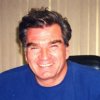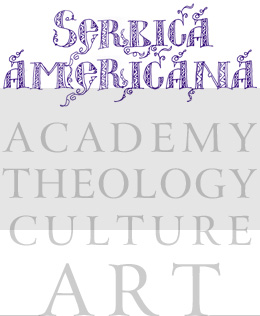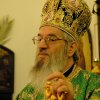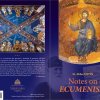BSEE, Belgrade University, Yugoslavia, 1970
MSEE, University of Santa Clara, CA, USA 1974
Ph.D., Caltech, CA, USA, 1976
Dr. Slobodan Ćuk was a full-time Professor of Electrical Engineering at the California Institute of Technology until January 1, 2000. During that time, more than 30 students obtained their Ph.D. degree in Power Electronics under Dr. Ćuk's guidance. Many of them are now leading researchers and/or Professors of Power Electronics in the U.S. and abroad.
Dr. Ćuk won a coveted IR*100 Award in 1980 from the Industrial Research Magazine for the invention of a new and patented switching converter topology and several of its extensions, which are now known as the ĆUKonverter technology. For the invention of Integrated Magnetics and expediting the development of switched-mode power converters, Dr. Ćuk obtained the prestigious 1991 Edward Longstreth Medal from the Franklin Institute, which was for the first time in its 100 years history awarded to researchers in Power Electronics. His publications include over 100 scientific papers in the Power Electronics field and a three-volume book on Advances in Switched-Mode Power Conversion.
Over a span of 20 years, Dr. Ćuk has taught a number of public and in-house courses in the United States, Europe and Far East, and gave a number of tutorial seminars at leading Power Electronics conferences throughout the world. These courses and seminars have been attended by over 4,000 Power Electronics specialists.
In 1979, Dr. Ćuk founded TESLAco with the charter to apply the basic research results developed at Caltech to practical commercial and military designs. He holds over 30 patents related to new switched-mode power conversion concepts.
He received Franklin laureate award for pioneering and expediting the development of integrated magnetics and switched-mode power conversion.
From TESLAco
Modelling, analysis, and design of switching converters
Citation
Cuk, Slobodan (1977) Modelling, analysis, and design of switching converters. Dissertation (Ph.D.), California Institute of Technology. http://resolver.caltech.edu/CaltechETD:etd-03262008-110336
Abstract
The principal objective of this work on modeling and analysis of switching dc-to-dc converters and regulators is to obtain a linear model (either through state-space or linear circuit description), subject to appropriate restrictions, for the inherently nonlinear power state in which the dc conversion is accomplished. A general unified approach to modeling and analysis of switching dc-to-dc converters is developed which is directly applicable to any dc-to-dc operating in either of two conduction modes (continuous or discontinuous inductor current), and which results in a final dynamic linear model either in terms of state-space equations or in terms of their corresponding linear circuit models. In particular, in Part I this analysis technique, called state-space averaging, is applied to the continuous conduction mode of converter operation, while in Part II appropriate extension of the method to the discontinuous conduction mode is made. In each case, the culmination of modeling and analysis is achieved in the development of canonical circuit models which represent any such converter regardless of its detailed configuration.
The insights that emerge from the general state-space modeling approach (Parts I and II) lead in Parts III and IV to the design of new converter topologies through the study of generic properties of the cascade connection of basic buck and boost converters. This study paves the way in Part IV to the discovery of a new switching converter based upon capacitive rather than the usual inductive energy transfer. The new converter is shown to have substantial advantages over the conventional converters in its class in efficiency, performance, and also in size and weight.
Bothe the state-space averaged models and their corresponding circuit realizations provide the circuit designer with a powerful tool for analysis of existing converters as well as for synthesis of new converter topologies.
Thesis File (PDF 10 MB)





